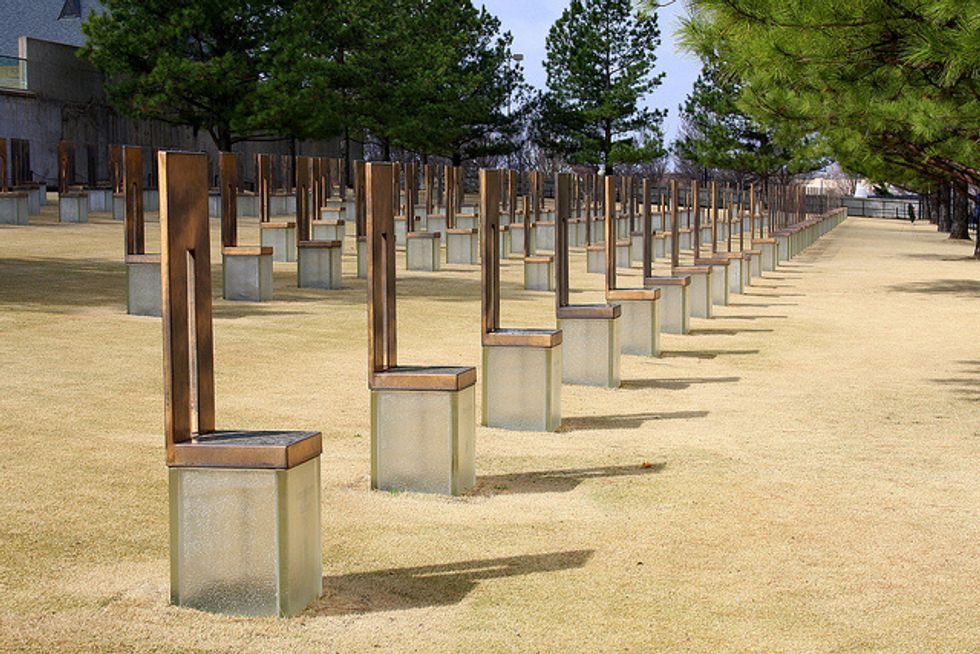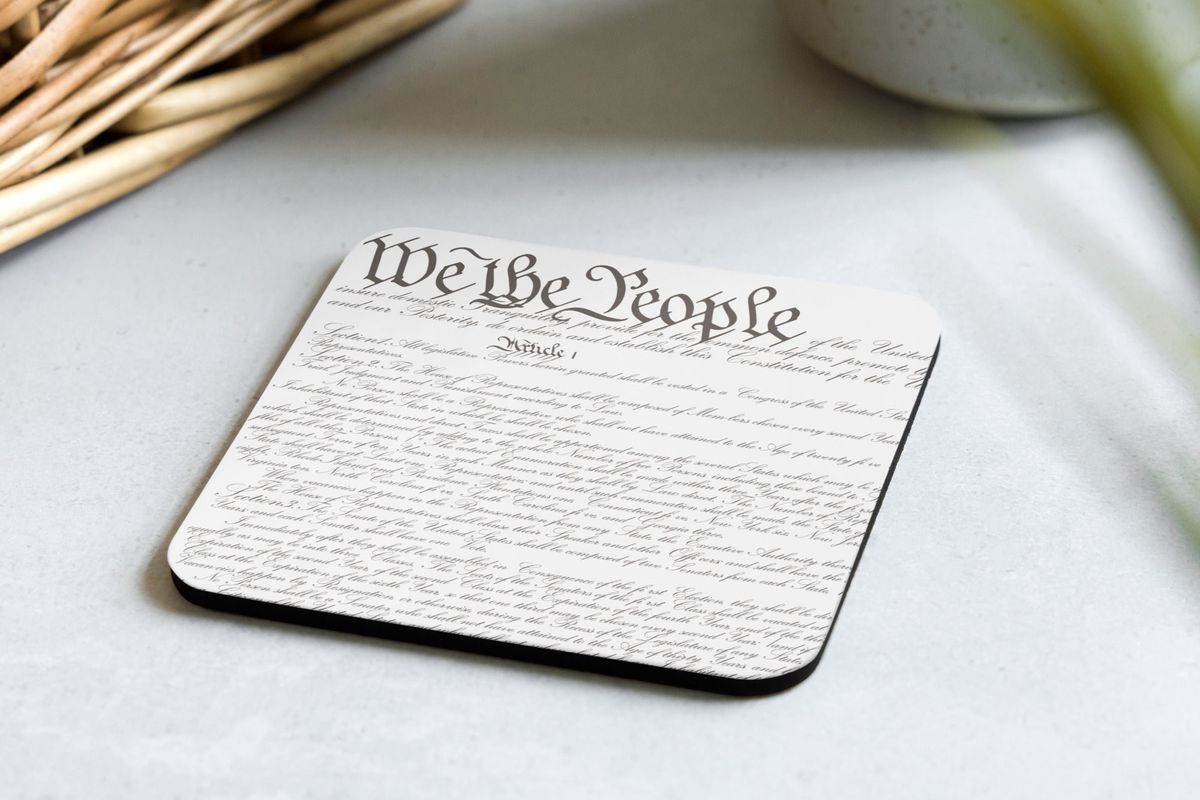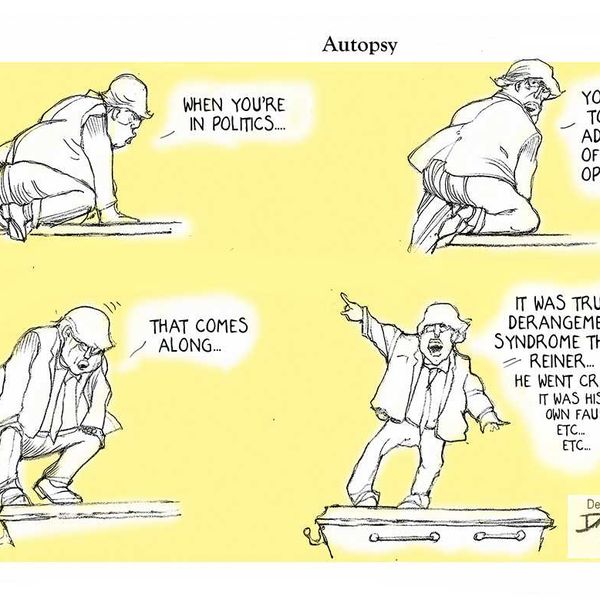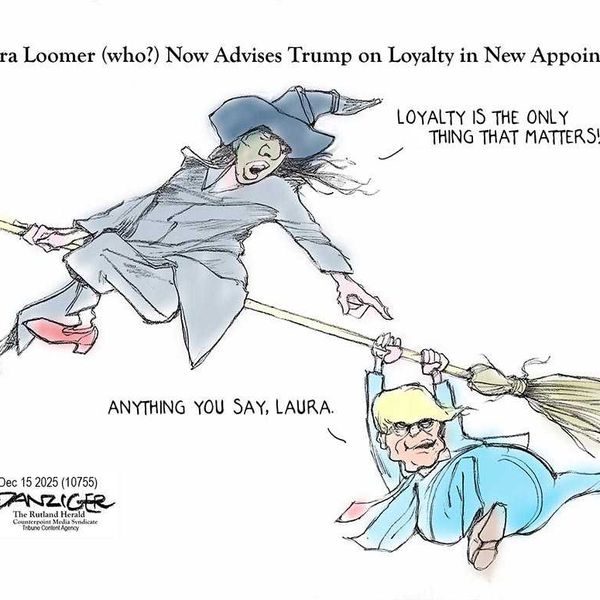
By Clint Davis, Scripps National Desk (TNS)
In April 1995, gas was about $1.25 a gallon, Seinfeld was TV’s most popular show and the O.J. Simpson murder trial was dominating the national conversation. Also, the hair was bigger.
It’s that last part that reminded longtime Oklahoma City resident Jennifer McCollum just how long it has been since her hometown was rocked by what was then the deadliest terrorist attack in United States history.
“I drove by the memorial recently and saw a laminated picture of (23-year-old victim) Julie Welch. I realized that her hair had gone out of style and it really crystallized for me that she was never going to grow old,” McCollum said. “It took my breath away because it was the first time I realized how much time had passed.”
April 19 marks 20 years since the Oklahoma City bombing killed 169 people and injured more than 650 others. The attack targeted the Alfred P. Murrah Federal Building in downtown Oklahoma City.
Despite the passage of two decades, McCollum and other Oklahoma City residents remember with perfect clarity what they were doing when they heard about — or felt — the explosion, at 9:02 a.m.
“I was still in bed when the house shook in the morning,” Oklahoma City Mayor Mick Cornett told the Scripps National Desk. “I had anchored the evening news the night before. I didn’t know what (the noise) was. I wasn’t sure there was anything wrong.”
Cornett said he turned on the television and saw reports within five or six minutes of the blast — but still none of the news outlets knew what had happened. “The initial reports were that it was some kind of natural gas explosion. The idea that it was a bomb never occurred to me,” Cornett said.
McCollum, 47, was working in public relations at Tinker Air Force Base, located about 11 miles from the blast. She said she also thought it was a natural gas explosion at first.
When someone told her there had been a “very large explosion downtown,” McCollum recalled having a sobering realization. “I just remember instantly being aware that people were, in that moment, dying,” she said. “A co-worker and I went into an office, closed the door and prayed together.”
“I couldn’t believe something so tragic could happen here,” McCollum said, echoing a familiar refrain many Americans likely would have uttered in the years before the Oklahoma City bombing and 9/11.
The prevailing notion after those attacks was summed up by 34-year-old Mia Blake, editor-in-chief of Oklahoma City-based Slice magazine. “I feel like our city is much less innocent since the bombing,” Blake said. “I think in general, people are more cautious.”
The bomb, built and detonated by U.S. Army veterans Timothy McVeigh and Terry Nichols, was housed in the back of a rental truck that was parked in front of the Federal Building.
Cornett said he didn’t recall widespread security changes across the city afterward but did say it seemed to make people more alert. “After the bombing, I think people took anti-government groups more seriously and were more likely to report them.”
McCollum said the bombing and subsequent national tragedies like the Columbine High School and Sandy Hook Elementary shootings have made her hold her children a little tighter.
“I kiss my children goodbye every morning with the knowledge that it could be the last time I see them. I just never want to leave them with a bad goodbye,” McCollum said, fighting back tears. “I try not to live my life in fear, but these things have happened to other people who never expected them.”
Among the victims of the bombing were 19 young children who were at a day care center inside the federal building. That fact still gives Mia Blake pause when she thinks about her 4-month-old son.
“I think, ‘What if I had dropped him off at day care that day?’ It definitely adds another dimension to my thoughts on the bombing.”
“Everyone thinks of the bombing first.” That was Blake’s take when asked if she felt the attack still defines her city among the nationwide consciousness. “I think it’s absolutely the first thing people recognize about Oklahoma City.”
McCollum was inclined to agree, adding, “It brought a nationwide awareness to the city and in the era of Google search, that can be negative; to always see tragic images when someone does a Google image search of Oklahoma City.”
Cornett, who was elected to a fourth term as the city’s mayor in 2014, said changing Oklahoma City’s national image has been an important part of his tenure. “We became branded by tragedy. That’s why I went after an NBA team — we needed the national public to connect something positive to Oklahoma City.”
Although Cornett doesn’t want the bombing to be first in the minds of the general public outside of Oklahoma City, inside the city limits, he’s adamant that citizens don’t forget what happened on April 19, 1995.
“We want to commemorate it,” he said, referring not only to the people who were killed but also to what he called an “unmatched” sense of unity that emerged in the city after the bombing.
“Our whole community was affected by that life experience,” Cornett said. “In the months after the bombing, something almost magical happened in the city. We came together, helped each other up and dared the world to pull us apart again.”
2015 Scripps News, Distributed by Tribune Content Agency, LLC
Photo: Larry via Flickr








